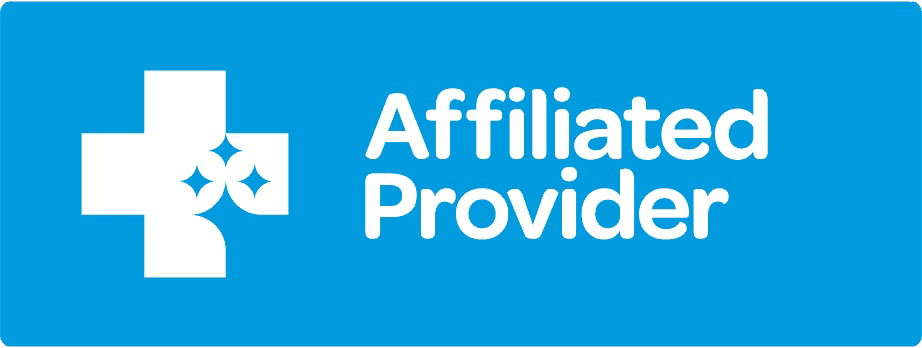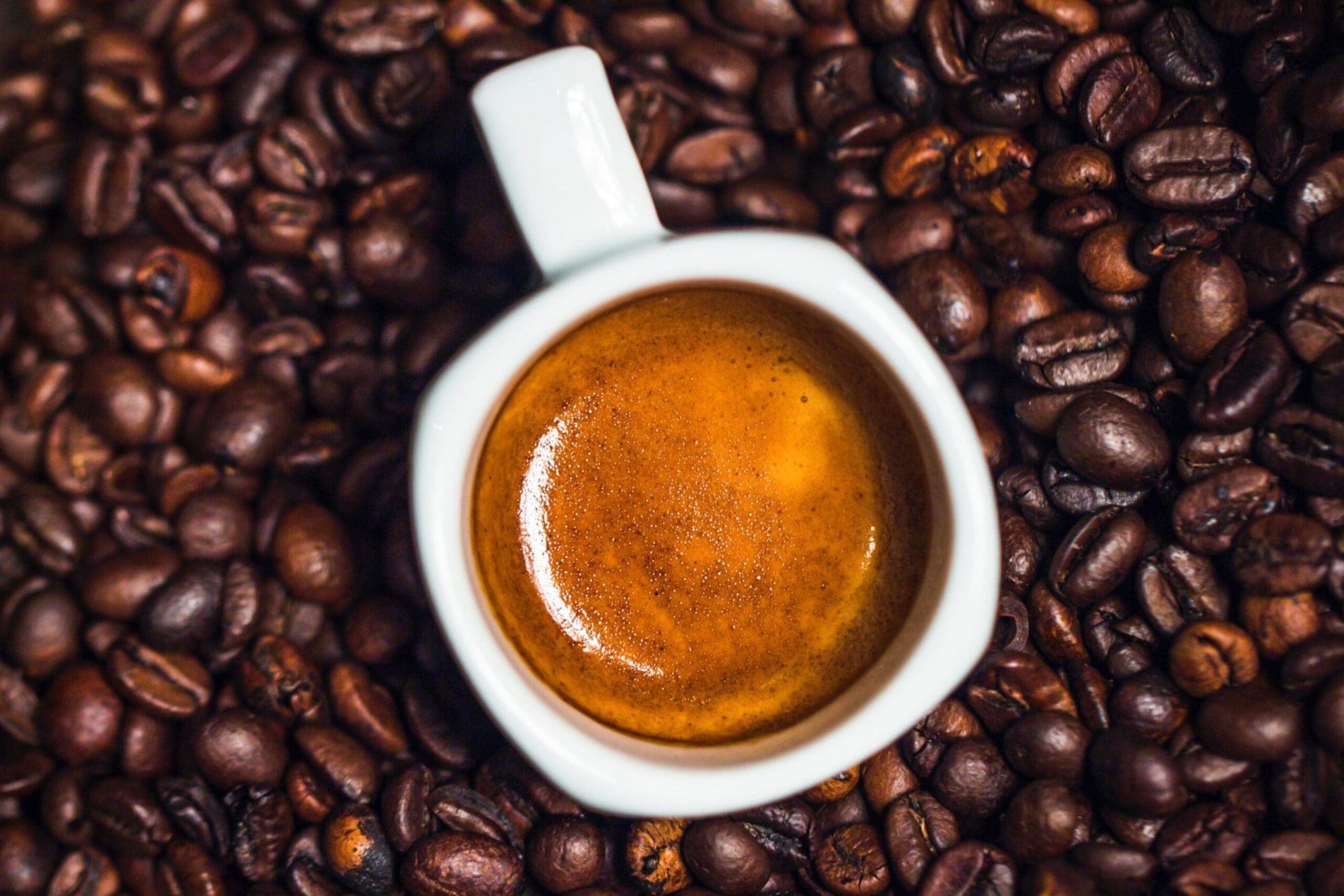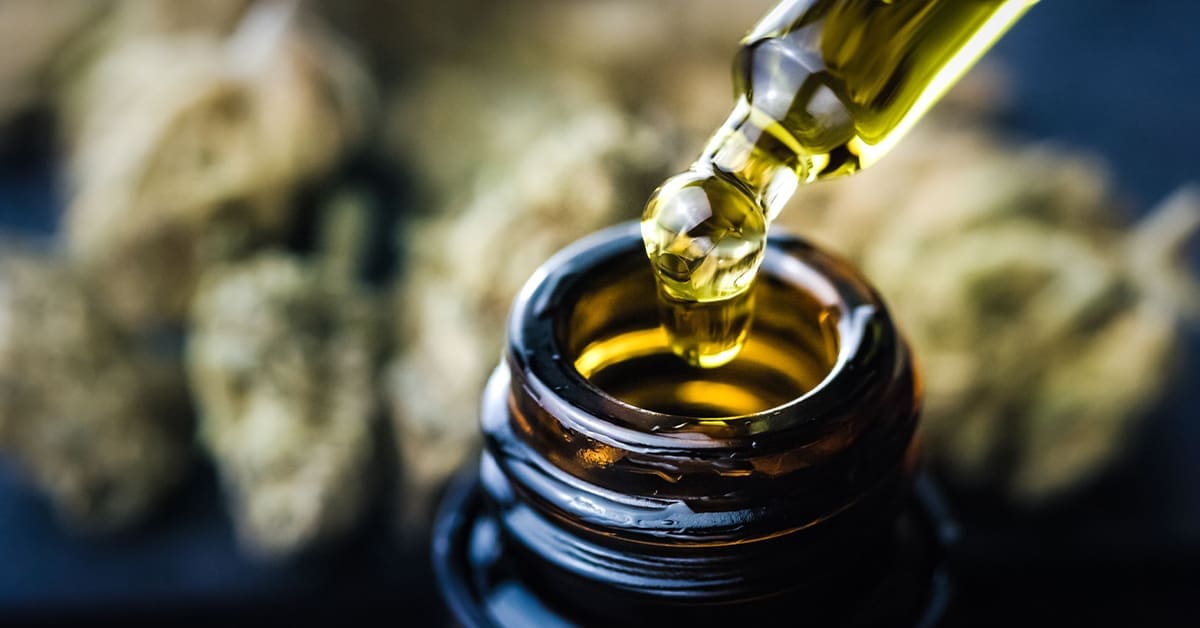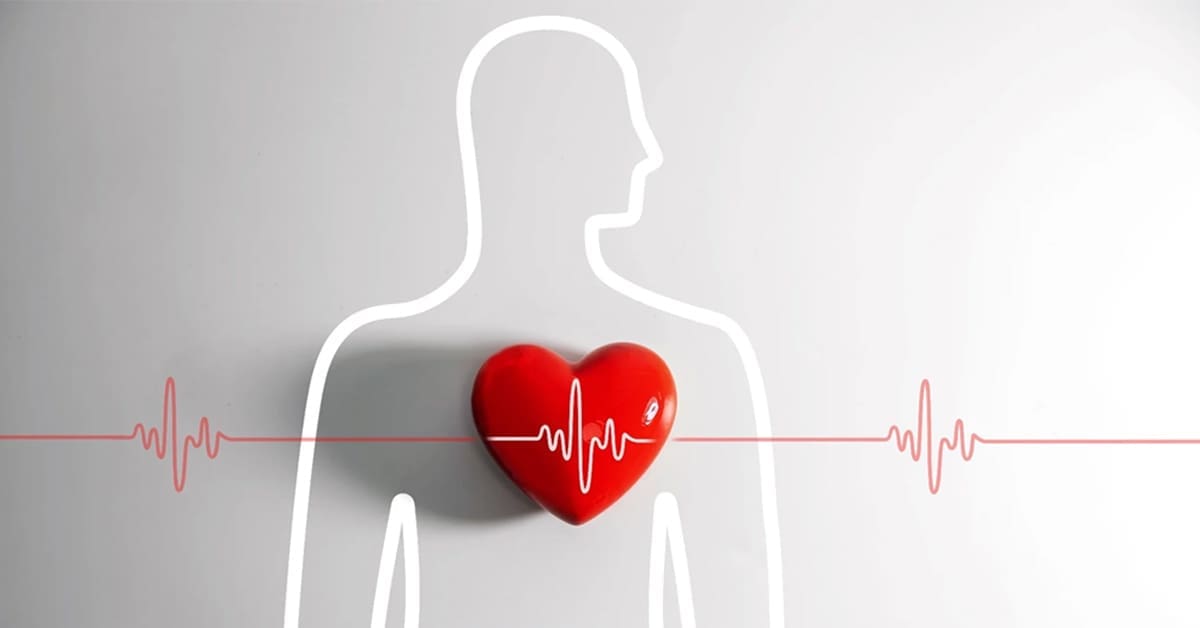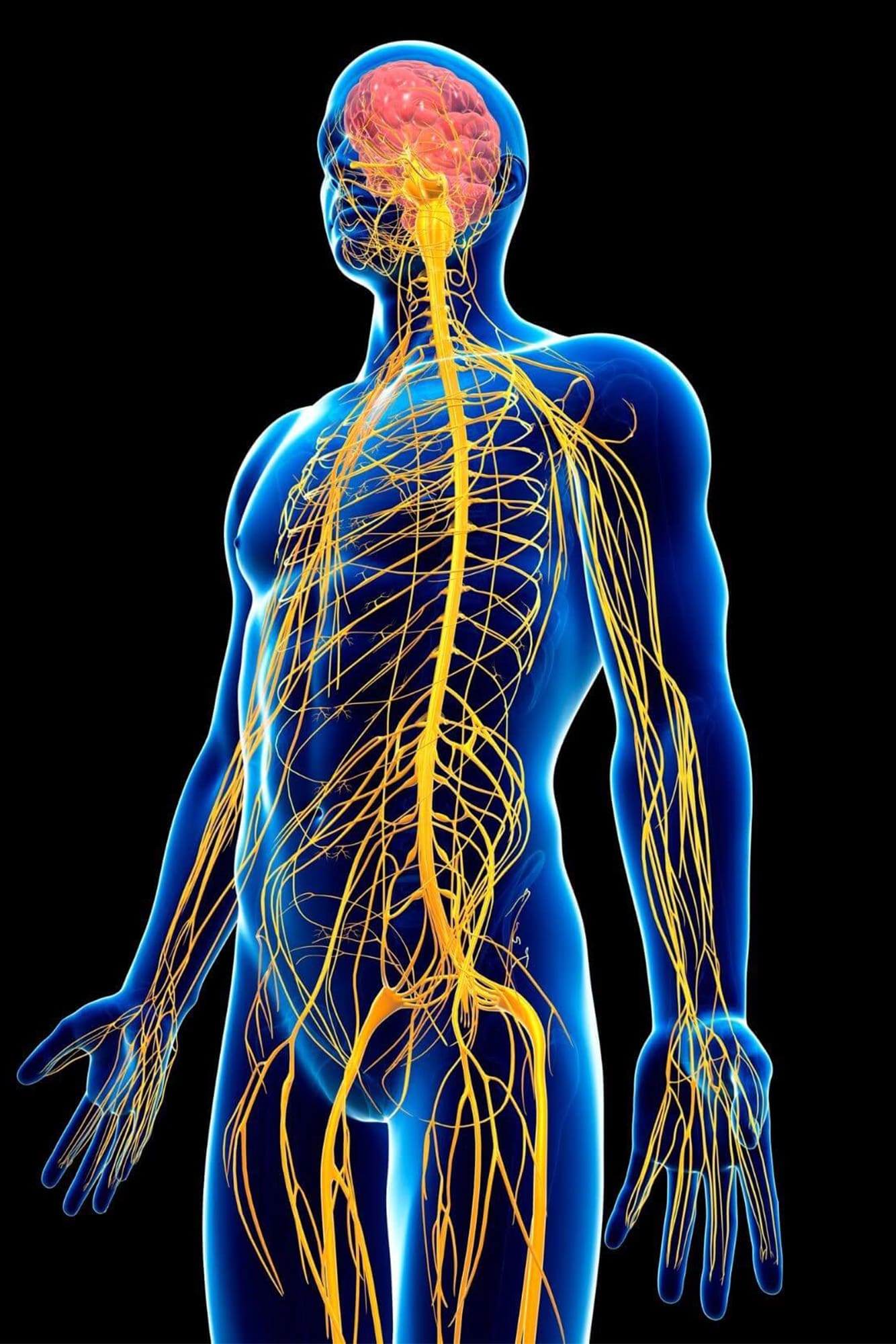Introduction
In today’s fast-paced world, many individuals rely on substances to enhance their daily experiences and unwind from a day of hard work. One widely consumed substance is caffeine, which is embraced by people for its ability to boost energy, alertness, and focus, and reduce fatigue [1]. Cannabis, on the other hand, is the most widely used illegal drug in New Zealand and the fourth most widely used recreational drug after caffeine, alcohol, and tobacco. The usage of cannabis among those aged between 16-64 is 13.4%, making it the ninth largest level of consumption in the world [1]. THC (tetrahydrocannabinol), the primary psychoactive compound in cannabis, is utilised for its relaxing and euphoric effects, both recreationally and for therapeutic purposes, such as alleviating pain, nausea, and insomnia [1].
Legal medicinal cannabis via cannabis clinics is a topic of interest for many patients and health professionals in New Zealand. The Medicinal Cannabis Scheme, which came into effect on 1 April 2020, aims to improve access via cannabis clinics to quality medicinal cannabis products for patients who have a prescription from a doctor. Medicinal cannabis is a valid medicine that has therapeutic properties for some patients, but it is not a panacea or a recreational drug. It should be used with caution and under medical supervision.
However, both caffeine and THC can lead to tolerance, highlighting the need for tolerance breaks. In this blog post, we will explore the concepts of caffeine and THC tolerance and shed light on the significance of tolerance breaks.
Caffeine Tolerance: An Analogy for THC Tolerance
Regular consumption of caffeine can lead to the development of tolerance over time. Individuals may require higher doses of caffeine to achieve the same stimulating effects they once experienced with smaller amounts. This phenomenon occurs due to adaptations in our body’s adenosine receptors, which caffeine binds to, to bring about the desired effects. Over time, our body reduces the number of available adenosine receptors, reducing caffeine’s impact. Consequently, individuals often find themselves consuming larger amounts of caffeine to experience the same level of alertness, increasing tolerance and potentially leading to dependency, disrupted sleep patterns, and withdrawal symptoms when caffeine intake is abruptly reduced [2].
Unpacking THC Tolerance
Before drawing a comparison between caffeine and THC, it is essential to have a brief overview of THC and the endocannabinoid system. THC, or delta-9-tetrahydrocannabinol, is a plant-based compound that interacts with the body’s endocannabinoid system. The endocannabinoid system includes CB1 and CB2 receptors, with CB1 receptors primarily found in the central nervous system. THC resembles the structure of endocannabinoids and can bind to CB1 receptors, altering neurotransmitter release and leading to various psychoactive effects such as euphoria, relaxation, altered perception, and increased appetite [3].
Similar to caffeine, frequent use of THC can lead to the development of tolerance, where the desired effects become less pronounced. Individuals may find themselves consuming higher doses or more potent strains of THC to achieve the same level of desired effects. Long-term THC tolerance can impact an individual’s overall cannabis experience, potentially leading to excessive consumption, dependence, or reduced enjoyment [3].
Tolerance and Dependency
Several factors contribute to tolerance development with repeated THC exposure:
1. Downregulation of CB1 Receptors: Prolonged THC exposure can reduce the availability of CB1 receptors on cell surfaces, contributing to diminished THC effects as fewer receptors are available for activation [4].
2. Desensitisation of CB1 Receptors: Continuous THC activation of CB1 receptors can lead to receptor desensitisation, making them less responsive to THC stimulation. Higher doses may be required to achieve the same effects [4].
3. Alteration of Neurotransmitter Release: THC’s influence on neurotransmitter release can lead to adaptive changes in the brain. With repeated exposure, the brain may adjust its functioning to counteract THC effects, further contributing to tolerance [5].
Dependency and Withdrawal
Similar to caffeine, THC dependency can develop in heavy and long-term cannabis users. Cannabis Use Disorder, as recognised by the Diagnostic and Statistical Manual of Mental Disorders (DSM-5), includes symptoms of dependence such as increased tolerance, unsuccessful attempts to quit, and withdrawal symptoms upon cessation. Withdrawal symptoms may include irritability, anxiety, insomnia, and decreased appetite [6].
How do I get back to “Less is more”?
Importance of Tolerance Breaks
Taking tolerance breaks from caffeine or THC can have significant benefits for individuals:
Restoring Sensitivity:
Abstaining from caffeine or THC-containing products allows the body to reset its receptors and regain sensitivity to these substances. This can lead to a more pronounced and satisfying experience when they are reintroduced.
Reducing Dependency:
Tolerance breaks provide an opportunity to assess dependency levels. By taking regular breaks, individuals can ensure they are not relying excessively on these substances for daily functioning and maintain a healthy relationship with them.
Mitigating Withdrawal Symptoms:
Tolerance breaks allow the body to gradually adapt and minimise the severity of withdrawal symptoms associated with caffeine or THC cessation. Options for tolerance breaks include full abstaining, using conventional medications, or utilising Cannabidiol (CBD) to reduce withdrawal symptoms during THC tolerance breaks [7].
Saving Money:
Tolerance breaks promote moderation by reducing overall consumption, leading to potential cost savings. They also encourage individuals to explore alternative ways to achieve desired effects and diversify their experiences.
Restoring Natural Energy Levels:
Tolerance breaks can help individuals reset their natural energy cycles, leading to improved sleep quality and overall well-being. This restoration of natural energy levels can result in increased productivity, mental clarity, and reduced dependency on external substances.
Conclusion
Both caffeine and THC can lead to tolerance, necessitating tolerance breaks to maintain a balanced and healthy lifestyle. These breaks allow individuals to reset their tolerance levels, reassess their dependency, save money, and restore natural energy levels. Taking regular breaks from these substances promotes self-awareness, encourages moderation, and enhances the overall experience when reintroducing them. By incorporating tolerance breaks into our routines, we can strike a balance between benefiting from these substances and maintaining a healthy relationship with them.
Disclaimer: This article is for informational purposes only and should not be considered medical advice. Consult with a healthcare professional for personalised guidance and advice regarding caffeine, THC, or any other substances.
References:
1. Ministry of Health. (2021). New Zealand Health Survey. Retrieved from https://www.health.govt.nz/nz-health-statistics/health-statistics-and-data-sets
2. Fredholm, B. B., Bättig, K., Holmén, J., Nehlig, A., & Zvartau, E. E. (1999). Actions of caffeine in the brain with special reference to factors that contribute to its widespread use. Pharmacological Reviews, 51(1), 83-133.
3. Mechoulam, R., & Parker, L. A. (2013). The endocannabinoid system and the brain. Annual Review of Psychology, 64, 21-47.
4. González, S., Cebeira, M., Fernández-Ruiz, J., & Ramos, J. A. (2005). Downregulation of cortical and spinal cord endocannabinoid receptors in times of neuropathic pain: Sparing effect of selective COX-2 inhibitors. The European Journal of Neuroscience, 22(9), 2124-2134.
5. Lupica, C. R., & Riegel, A. C. (2005). Endocannabinoid release from midbrain dopamine neurons: A potential substrate for cannabinoid receptor antagonist treatment of addiction. Neuropharmacology, 48(8), 1105-1116.
6. American Psychiatric Association. (2013). Diagnostic and statistical manual of mental disorders (5th ed.). American Psychiatric Publishing.
7. Englund, A., Atakan, Z., Kralj, A., Tunstall, N., Murray, R., & Morrison, P. (2016). The effect of five-day dosing with THCV on THC-induced cognitive, psychological and physiological effects in healthy male human volunteers: A placebo-controlled, double-blind, crossover pilot trial. Journal of Psychopharmacology, 30(2), 140-151.
